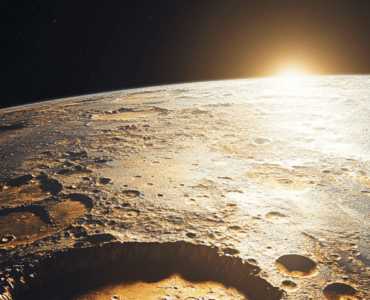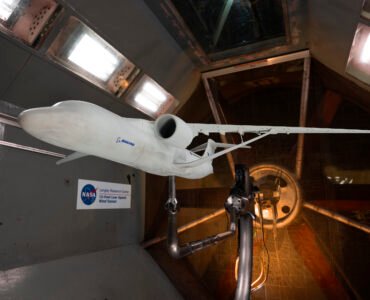Dead satellites and space debris are becoming a serious safety hazard, and scientists are worried about the Kessler Syndrome, where debris from unused satellites in low earth orbit collides with other objects due to density. This nightmare scenario could lead to the loss of all satellites within a few days, making it impossible to launch newer ones. However, fleets of “space drones” could soon be deployed to breathe new life into dying satellites, according to a UK-based company that aims to send up its first drones in 2020.
A Game-Changer for Satellite Maintenance
Traditionally, maintaining satellites in space has been a costly and difficult process. It typically involves launching a new satellite to replace the old one, which is a wasteful process that contributes to space debris. However, the development of space drones could revolutionize satellite maintenance, making it both more cost-effective and environmentally friendly.
Drones are essentially robotic spacecraft that are capable of performing maintenance tasks such as refueling, repairing, and upgrading satellites in orbit. By using space drones, satellite owners could extend the lifespan of their assets and potentially save billions of dollars in launch costs. Moreover, space drones could also help reduce the amount of space debris in orbit by keeping existing satellites operational instead of launching new ones.
Advantages and Disadvantages
One advantage of using drones for satellite maintenance is that they can significantly reduce costs. Launching a new satellite can cost billions of dollars, and the process is often inefficient and wasteful. By using space drones to perform maintenance tasks, satellite owners can save money while also reducing their environmental impact.
However, there are also some potential disadvantages to using space drones. For example, the technology is still relatively new, and there may be unforeseen challenges that arise during the development and deployment of space drones. Additionally, space drones may not be suitable for all types of satellite maintenance tasks, which could limit their usefulness in certain scenarios.
Driving Down Costs
Despite these potential drawbacks, the development of space drones is an exciting development in the world of space exploration and technology. As more companies focus on developing drones for everyday use, the technology will become more mainstream, which will drive down costs and make drones more accessible to businesses and individuals alike.
In conclusion, drones have the potential to revolutionize the way we maintain satellites in space. By using this technology, satellite owners can extend the lifespan of their assets and save money while also reducing their environmental impact. Although there may be some challenges to overcome, the development of space drones is a positive step forward for the space industry.
Like the topic.
Last but not the least, many new tech initiatives and products are increasingly targeted towards small businesses, yet more still needs to be done, and drones are one area where a lot can be done.
I try to catalog and similar stories on my website, one for referencing back when you are writing something, and two to share with everyone.
If you are a tech enthusiast and feel that you can contribute to this topic feel free to reach out to me.
To check the original story Click here






